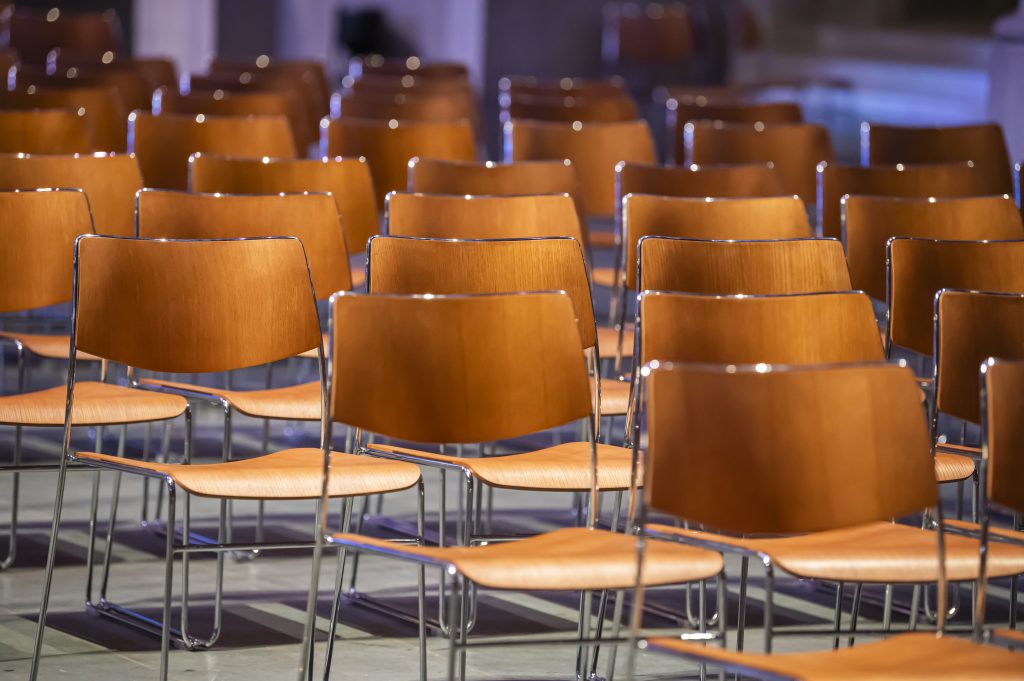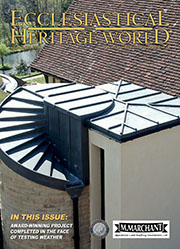Seating guidance from ChurchCare


Alpha Furniture supplied the Canterbury chair to All Saints Church, Kingston, who are enjoying its comfort and ability to stack 45 high. The same chair design is now installed in Westminster Abbey.
www.alpha-furnishing.com
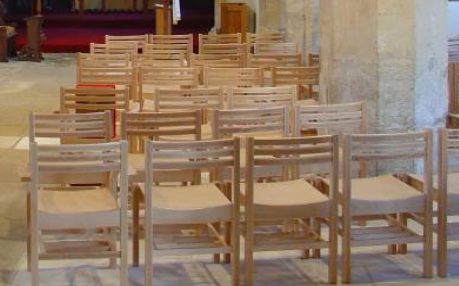 One of the most frequent changes made to churches today will involve seating in some way. Changing seating inside a church can have a significant impact upon the interior. The process of changing furniture, as well as choosing a suitable alternative, requires careful consideration. ChurchCare publish a document intended to guide parishes through the planning stages and the decisions involved.
One of the most frequent changes made to churches today will involve seating in some way. Changing seating inside a church can have a significant impact upon the interior. The process of changing furniture, as well as choosing a suitable alternative, requires careful consideration. ChurchCare publish a document intended to guide parishes through the planning stages and the decisions involved.
The decision to remove pews should be made on a case by case basis following careful assessment of significance, needs and impacts. If the decision is taken to replace existing seating in a historic church building, then the Church Buildings Council aspires to seeing replacement chairs or benches of the highest quality of design.
 Changes will require a faculty and, due to the presumption against any change that will adversely affect the character of the church as a building of special architectural or historic interest, applicants are required to demonstrate sufficient need for change.
Changes will require a faculty and, due to the presumption against any change that will adversely affect the character of the church as a building of special architectural or historic interest, applicants are required to demonstrate sufficient need for change.
It is worth noting that collegiatewise chancel stalls are often of higher quality and significance so their retention is often desirable. Doing so not only facilitates the retention of some of the original character of the church, but also retains a formality at the east end of the church and preserves interior views. Even though there may no longer be a robed choir using the stalls, the pews can be used for smaller midweek services and as a quiet worship area.
Brief history of church seating
The earliest churches in England had no fixed seating. In some there were stone benches around the walls and the pillars.
Seating was increasingly introduced from the late thirteenth century, a process accelerated by the Reformation and the consequent shift in emphasis from altar to pulpit. Simply formed benches were introduced to which backs and ends were subsequently added, in time these became more sophisticated in form and design until churches were fully pewed.
By the Jacobean period pews had higher sides for greater privacy and comfort. From the end of the sixteenth century rights to a particular pew could be acquired through faculty, rent, or continuous long use. Numbering and locks became common features to ensure corrcect appropriation. Galleries were introduced to provide additional ‘free’ seating.
Click here for further information.
You can find a selection of companies who provide church seating in our directory here.
ICS Furniture completes chair installation in Belfast Cathedral
Also known as the Cathedral Church of St. Anne, Belfast Cathedral is a Church of Ireland Cathedral and is the focal point of Belfast's Cathedral Quarter. Their old seating was 120 years old and were not stackable. The church required a chair that allowed for the flexibility and comfort that the older seating did not provide.
Click here to read the full story.
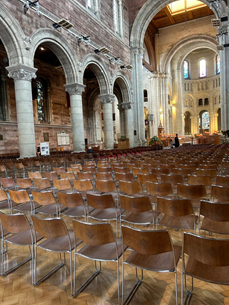
New contract furniture helps Salford church cater for variety of events
Elmwood Church is a large family church in the heart of Salford with both a lively and friendly mix of people of all ages who welcome visitors and newcomers.
With a rich history, dating back to 1889, Elmwood embarked on an ambitious project to build a new Church in 1987, moving to the current site on Eccles Old Road. With over 30 years of ministry in the building, the Church has gained new members – both as Christians but also as believers from a variety of church backgrounds.
Rosehill Contract Furniture were delighted to work in collaboration with Elmwood Church to supply new contract furniture for their place of worship.
Click here to read the full story.
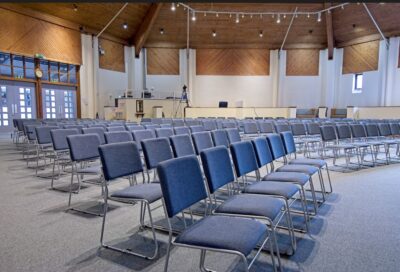
New York cathedral gets bespoke furniture to accommodate diverse needs
In March ICS Church Furnishers of Northern Ireland announced the successful completion of a bespoke seating project for The Cathedral of St John the Divine, the cathedral of the Episcopal Diocese of New York. This collaboration began in 2018 when the cathedral sought a solution for their seating needs that would accommodate their diverse range of services and events.
Click here to read the full story.
